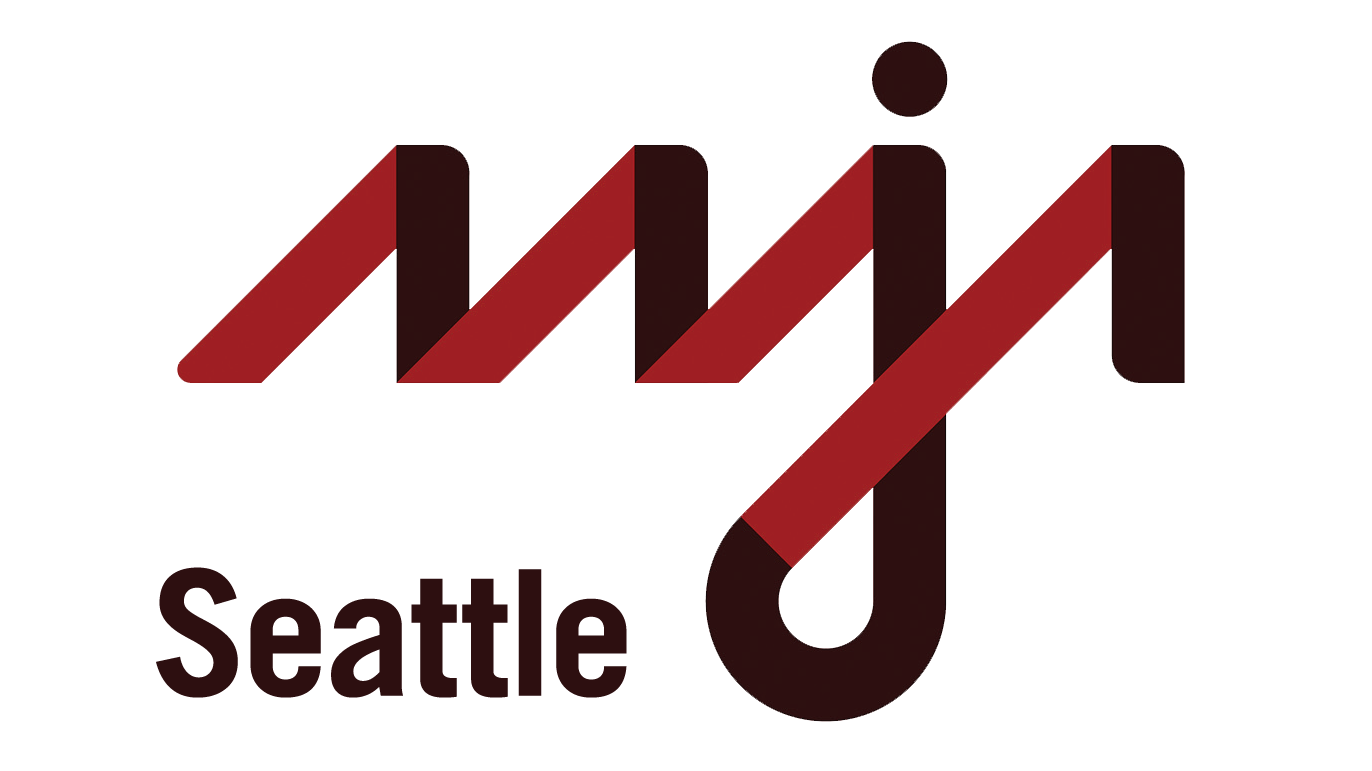AAJA Seattle member Shawn Chitnis answers questions on Asian American Small Market Broadcast Journalists

Shawn Chitnis, co-cordinator of the Asian American Small Market Broadcast Journalists group, with Lori Matsukawa, AAJA Seattle chapter founder and KING 5 anchor, at the AAJA National Convention in Boston. (Photo submitted by Shawn Chitnis)
On Nov. 1, AAJA launched the Asian American Small Market Broadcast Journalists (AASMBJ) group. The group, which will be advised by George Kiriyama, AAJA’s vice president for broadcast and a reporter for NBC Bay Area, was created to provide support and guidance for AAJA members who are in their first job, either at a small media market or in an entry-level position at a larger media market.
AAJA Seattle member Shawn Chitnis is serving as co-coordinator for the group. Chitnis, 23, is currently a reporter for KNDO-TV in Yakima. He is a 2008 graduate of the University of Southern California and a Seattle area native. Before coming to KNDO, he spent several summers working on the assignment desk for ABC News in Los Angeles and New York.
Chitnis met with fellow Yakima reporter and AAJA Seattle member Mai Hoang recently to answer questions about the group.
Q: Why did you want to get involved?
I am in a small market, so I can certainly empathize with the struggles of being in that situation. I believe very strongly in AAJA. I’ve been a member for two years, since I was a senior in college. In the limited time I’ve been a part of it, I feel I got a lot out of it and been able to connect with amazing people. (I want to do) anything I can to give back to the organization, and this is a first step toward that.
It’s very difficult to be in a small market in general. I think those who are members of AAJA may have additional challenges because they might be from larger cities and are adjusting to a smaller town or a part of a country they’re not familiar with and, honestly, a community that isn’t as exposed to Asian Americans as where they’re from. Take my situation, for example, (moving from) Seattle to Yakima. They’re both relatively diverse areas, but understanding of Asian culture is substantially different.
Q: What are some things from your small market broadcast journalism experience that you will share with the group?
The first thing is understanding what is needed in a smaller market and what small market news directors and small market TV stations are looking for. My experience was fairly exclusive to large markets, having grown up in Seattle, going to school in LA and interning in those (larger) markets. So perhaps I wasn’t properly exposed and didn’t know what small market news looked like and what was going to be expected of me in a small market.
Feedback and guidance is very difficult to get at any stage in your career, forget about being in a small market. Once you land that job, which in itself is a difficult step, you have to make sure you have the proper network to give you the right critique so that you are advancing; that you are improving. And so whatever your next goal may be – it might be staying in that small market and taking on a larger responsibility or it might be moving to a larger market – you need to have someone or a group of people who can help you do that.
Q: Tell me about your duties as the group’s co-coordinator.
Both Maria (Hechanova, a reporter and producer for KYMA in Yuma, Ariz.) and I, the two co-coordinators, have been tasked to lead the organization. We’re figuring out our social media presence. We’re trying to figure out how to have a show at AAJA-LA in 2010 and we are really working with our peers to figure out what is needed to make AASMBJ a success.
What’s neat about our situation is that I’m a year in working for a small market and Maria is a few weeks, maybe a month, into it. We’re people who can actively benefit from AASMBJ. We’re all going to be learning from each other and seeking each others help.
Q: How will AASMBJ integrate into the main AAJA group?
First of all, we’re a sub-group of AAJA and AAJA is what makes this organization alive. Our advisor is AAJA’s vice president for broadcast. Our associate advisors are active in AAJA and are in mid- to large-size markets so AAJA surrounds us and everything we do will be an extension of AAJA.
We’re working to figure out how we’re going to have a presence at the (AAJA National) Convention in 2010. Maybe it will be a mixer, maybe it will be a panel.
We have folks in small markets throughout the country. When we all come together for our convention, we want people to know that there is a place you can go during that time to connect with those who are going through the same things.
Q: How do you join the group?
We have a created a Facebook group (it can be found by searching for AASMBJ on the social networking site), which is going to be the core of AASMBJ. That is where we will do our primary order of business – putting out information, offering job postings, offering feedback and helping other members of AASMBJ connect with their peers. We’re also on Twitter right now. Twitter will keep you up-to-date and keep you in the loop, but we’ll push you to Facebook.
If you really want to be involved in AASMBJ, you have to be an active AAJA member, so you can join the Facebook group. And from there, we’ll do everything we can help connect people, create feedback, create forums and create a sense of community.
